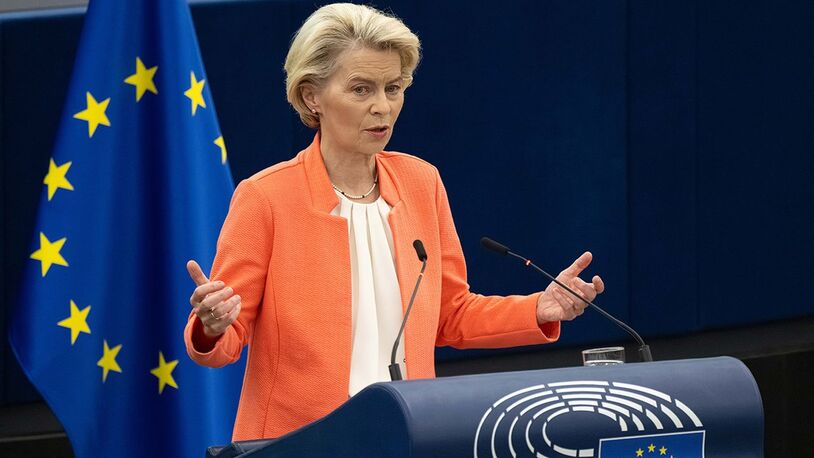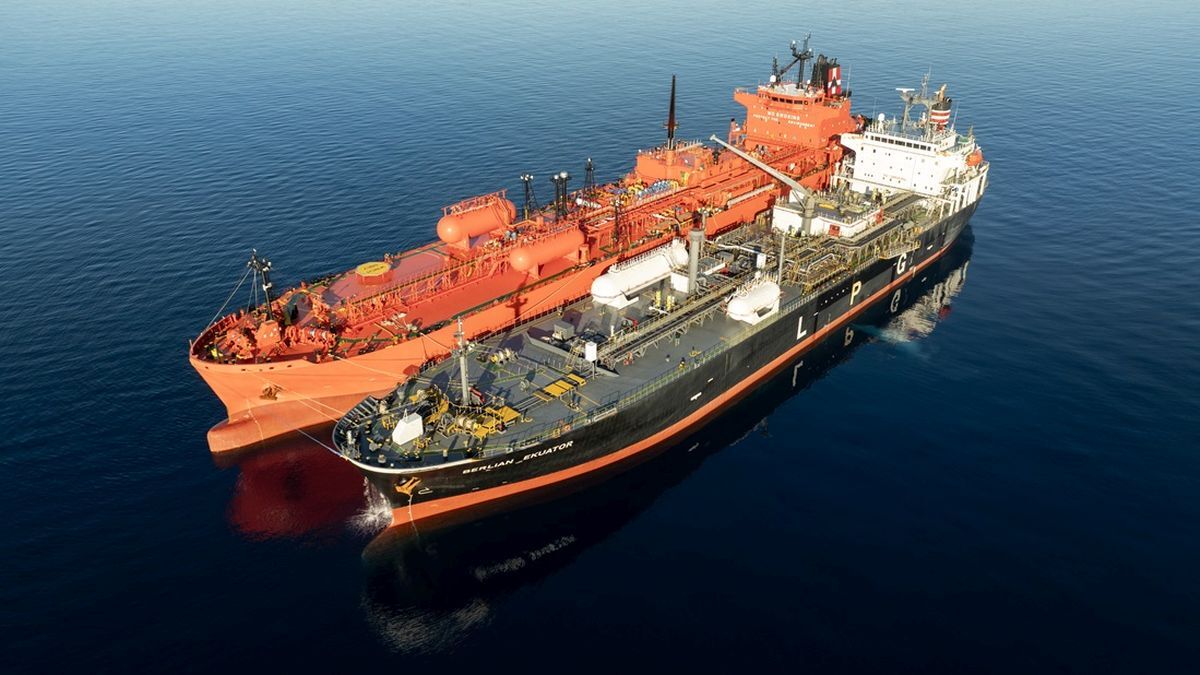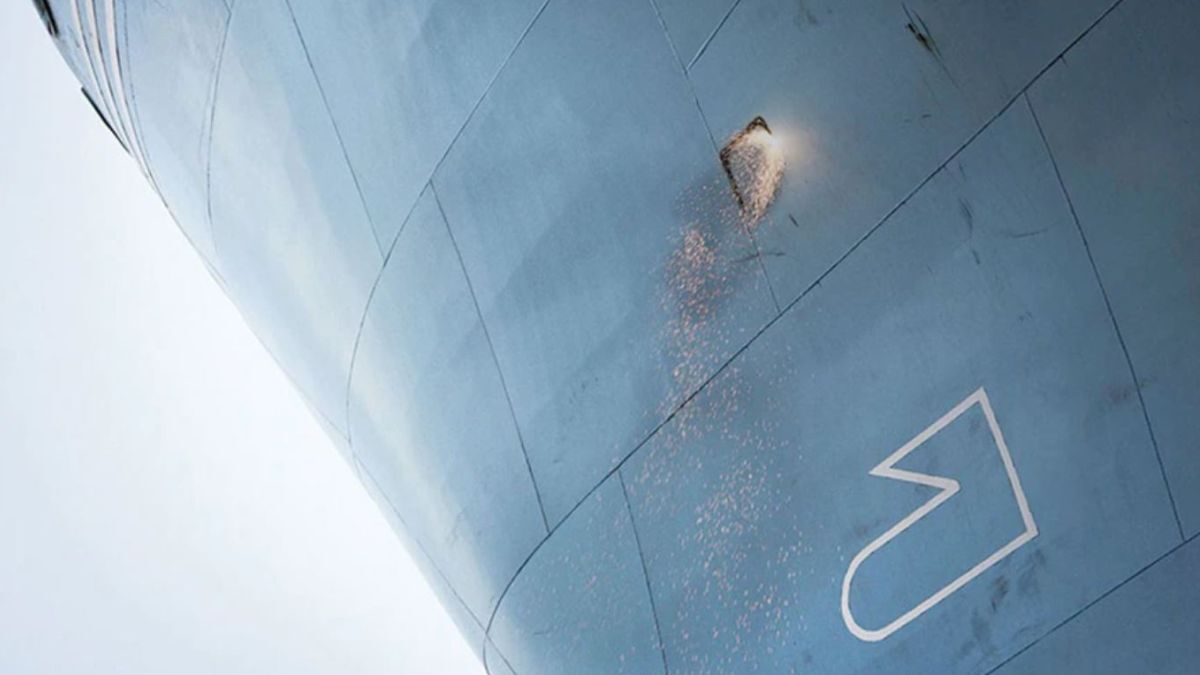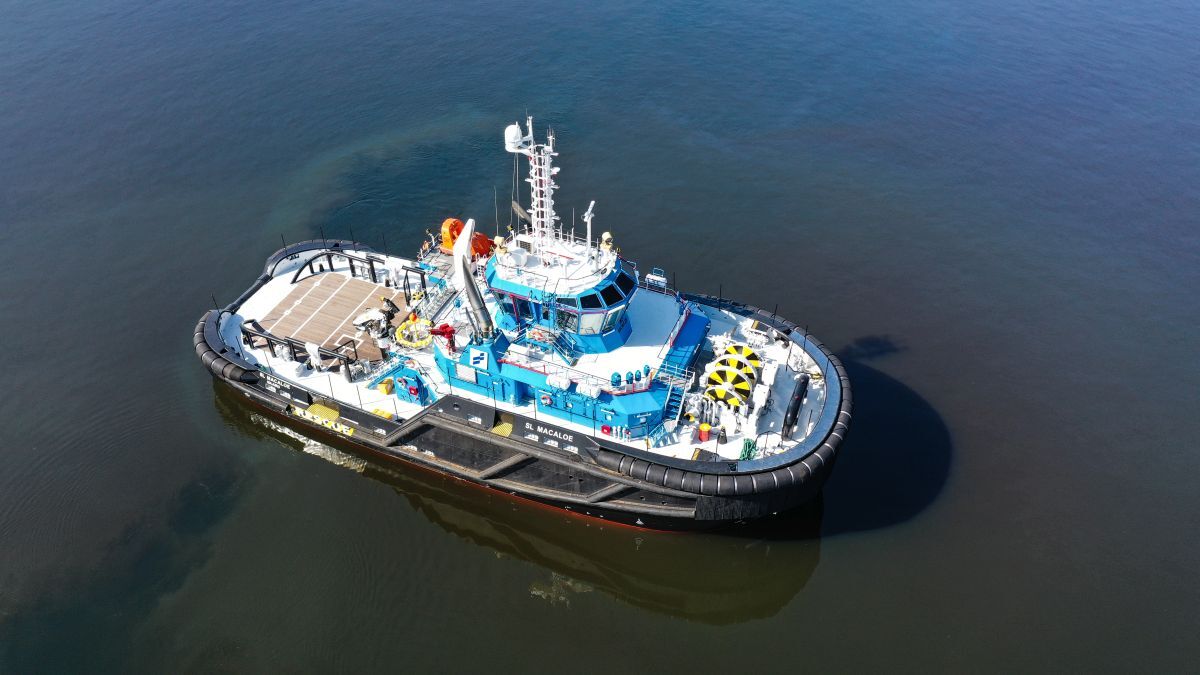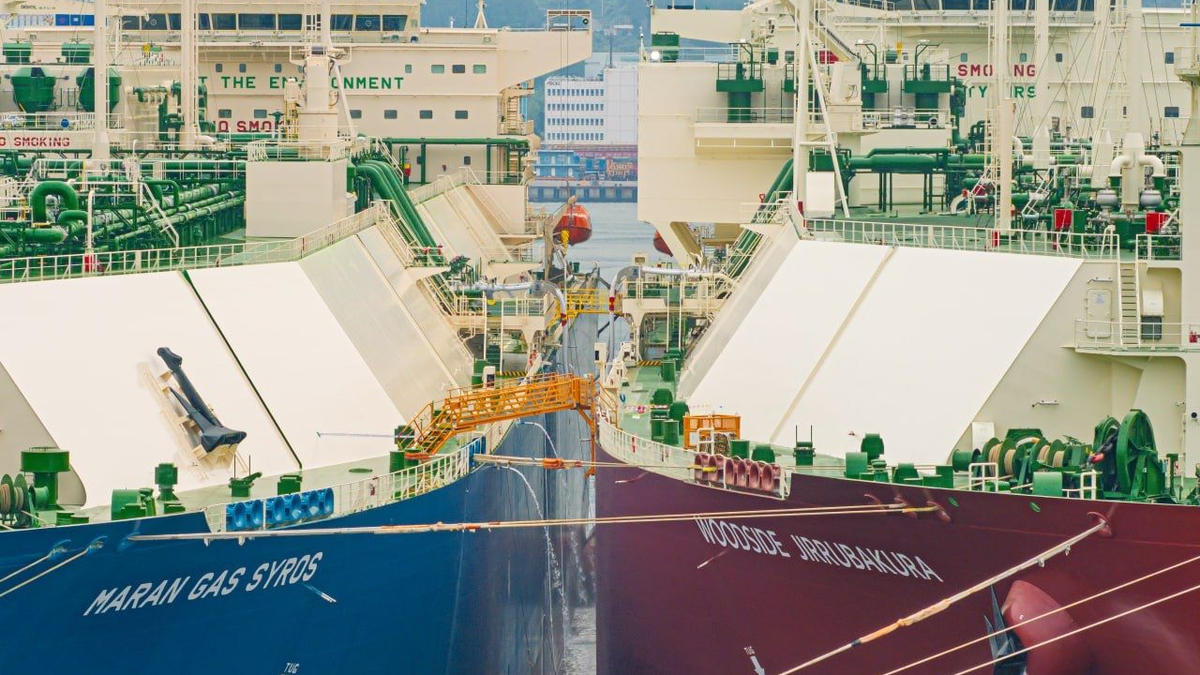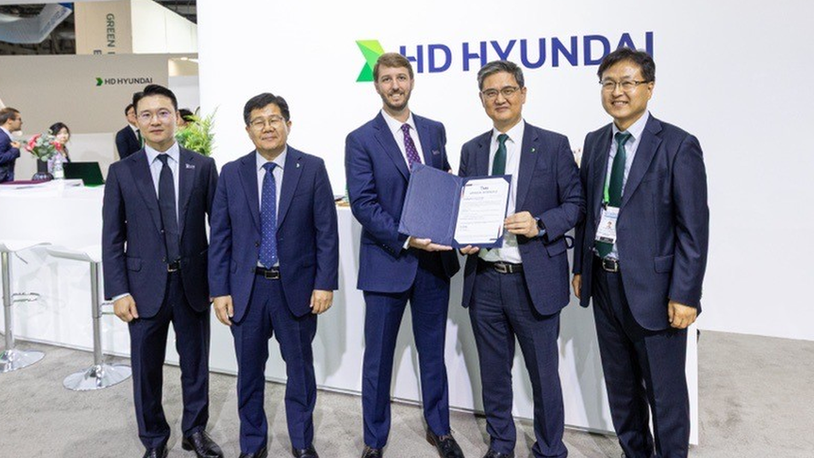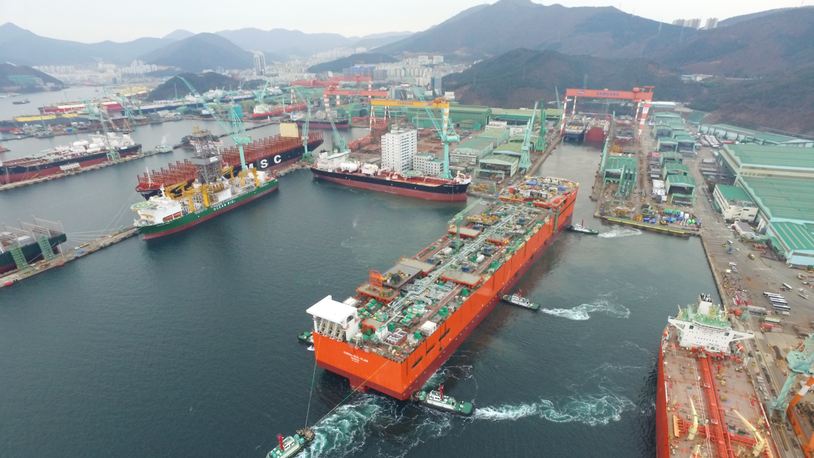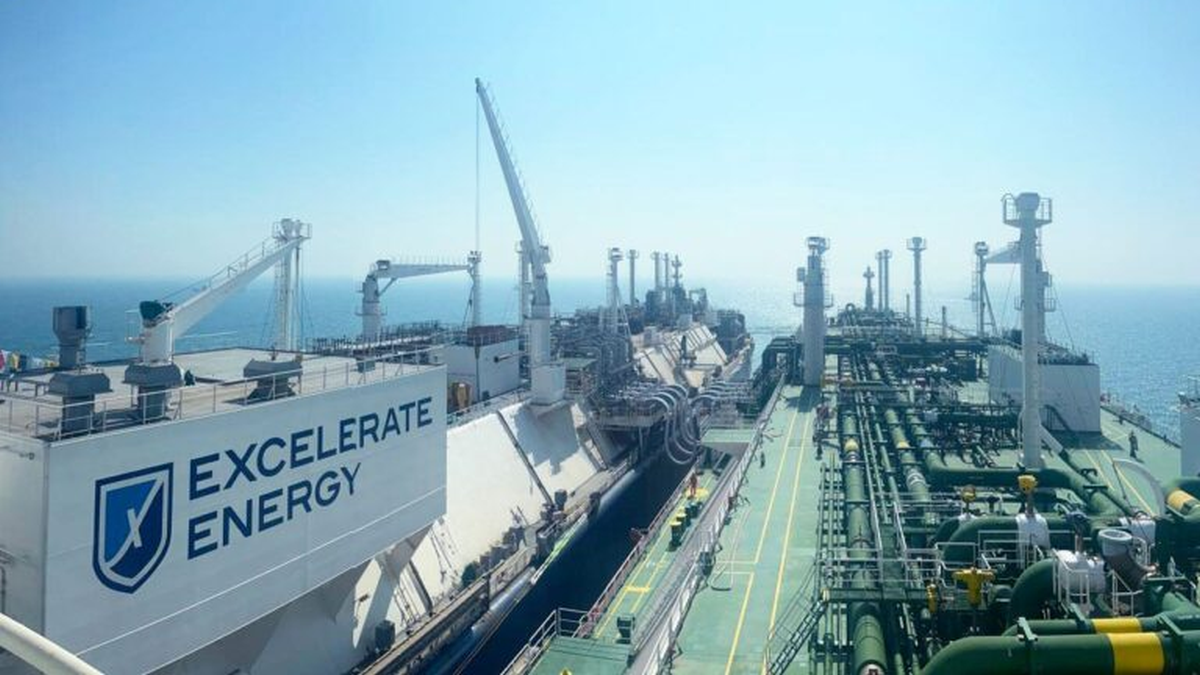Business Sectors
Events
Contents
First-mover status with Prelude
It is still early days for Shell’s Prelude initiative, the first floating LNG (FLNG) scheme to be given the go-ahead, but already there are a few notable dates logged on the project’s evolving timeline. In addition to the May 2011 final investment decision (FID) milestone there are the January 2007 discovery by Shell of the Prelude field 475km northeast of Broome in Western Australia and the positive outcome of the drilling programme at the nearby Concerto field in March 2009.
Between them Prelude and Concerto hold around 3 trillion ft3 (tcf) of liquids-rich gas. The relatively small size of the gas fields and their remote offshore location made them an ideal candidate for development using the FLNG technology that Shell has been working on for over a decade. During this period more than 600 company engineers have studied the various design options being considered in the drive towards the optimum solution.
Shell sees Prelude as the first of many projects for developing stranded gas reserves at offshore locations in various parts of the world. Australia, for example, is said to have a total of 140 tcf of stranded gas in individual fields of 0.5-3 tcf in size dotted around its coastline.
In July 2009 Shell awarded a consortium of Technip and Samsung Heavy Industries (SHI) a contract for the design, construction and installation of multiple FLNG facilities over a period of up to 15 years. These vessels, which will be based on Shell’s proprietary design, will enable the exploitation of gas fields considered uneconomical for development via an onshore plant because they are too small or remote.
The order for the pioneering Prelude LNG floating production storage and offloading (FPSO) vessel was confirmed in tandem with the May 2011 FID announcement. To be the largest floating structure ever built, the FLNG will be 488m long, 74m wide and, when fully loaded, will weigh around 600,000 tonnes – roughly six times as much as the largest aircraft carrier. Some 260,000 tonnes of the total will be steelweight, equivalent to around five times the amount of steel used to build the Sydney Harbour Bridge.
Once SHI completes construction of the floater in 2016, it will be towed to the appointed site on the Prelude field and permanently moored in 250m of water. Four groups of mooring chains will link the FLNG’s 108m-high turret mooring arrangement in the bow with the seabed. Each chain will be held to the sea floor by suction piles.
Prelude is expected to despatch its first LNG cargoes in early 2017. This timetable will enable project participants to boast of producing gas, using an offshore LNG facility, exactly 10 years after the Prelude field was discovered.
The Prelude FLNG is expected to stay moored here, 200km from nearest land, for 25 years. During this time it will produce for export 3.6 million tonnes of LNG per annum (mta) as well as 0.4 mta of LPG and 1.3 mta of condensate. The unit will have storage space for 220,000m3 of LNG, in membrane tanks, 90,000m3 of LPG and 126,000m3 of condensate.
Technip is responsible for the design and fabrication of Prelude’s topsides arrangements. The vessel’s single liquefaction train will use Shell’s double mixed refrigerant (DMR) technology, first employed at the Sakhalin 2 LNG export terminal in the Russian Far East. Cold water, drawn from depths of 150m at the rate of 50 million litres per hour, will be used to enhance the efficiency of the liquefaction process. Prelude will be able to handle gas with a carbon dioxide (CO2) content of up to 13 per cent.
The Prelude FLNG will cost approximately US$3 billion to construct, about 15 times the price of a conventional LNG carrier newbuilding. The overall cost of realising the project is expected to be approximately US$12bn. Although this puts Prelude roughly on a par with similar sized shore terminals on a capital expenditure basis, this new Shell venture is a groundbreaking scheme that pushes the LNG technology envelope to new limits.
It provides the oil and gas major with a reference that will assist in winning further FLNG projects and a base it can use to refine technologies, reduce unit costs, speed project implementation and accelerate the development of gas resources in future. Many benefits are to be derived from the first-mover advantage.
Shell’s strategic, long-term partnership with Technip and Samsung is set to provide the springboard for the development of a number of additional FLNG schemes, and the company’s name is linked, often in a central role, with a range of proposed offshore projects. For a start Woodside Petroleum, a company in which Shell holds a 24 per cent stake, would like to deploy an FLNG similar to the Prelude vessel for the Sunrise gas field it is developing in the Timor Sea.
Sunrise straddles Australian and East Timor territorial waters and the implementation of the project will yield financial benefits for both governments. However, while the Woodside-led consortium developing the scheme favours an FLNG solution, the East Timor government, for political reasons, would like to see the gas piped to a new shore-based LNG export terminal built on its coastline. Discussions aimed at resolving the dispute are currently ongoing.
Elsewhere Inpex of Japan has recently agreed to sell a 30 per cent stake in the Masela block offshore Indonesia to Shell. Masela contains the Abadi gas field, which Inpex is seeking to develop as an export project by means of an FLNG vessel. The Indonesia government approved the phased LNG development of Abadi in December 2010.
In the first phase a 2.5 mta FLNG facility will be installed and Inpex plans to award the front end engineering and design (FEED) contract for the project in the first half of 2012. The involvement of Shell will enable consideration of an FLNG vessel of the Prelude type as the preferred option.
Amongst the other proposed LNG projects with which Shell is involved is a scheme in Iraq that will utilise the gas associated with the country’s southern oil fields. The aim is to develop that gas, which is currently being flared, in tandem with Mitsubishi.
Although much of the gas will be utilised domestically in Iraq, there will be a significant volume available for export. The export option most favoured at this early stage of the project’s development is an FLNG-based terminal. A Prelude-type vessel able to process up to 4 mta of LNG has been mooted for Iraq. LNG
Related to this Story
Events
Offshore Support Journal Conference, Americas 2025
LNG Shipping & Terminals Conference 2025
Vessel Optimisation Webinar Week
© 2024 Riviera Maritime Media Ltd.


